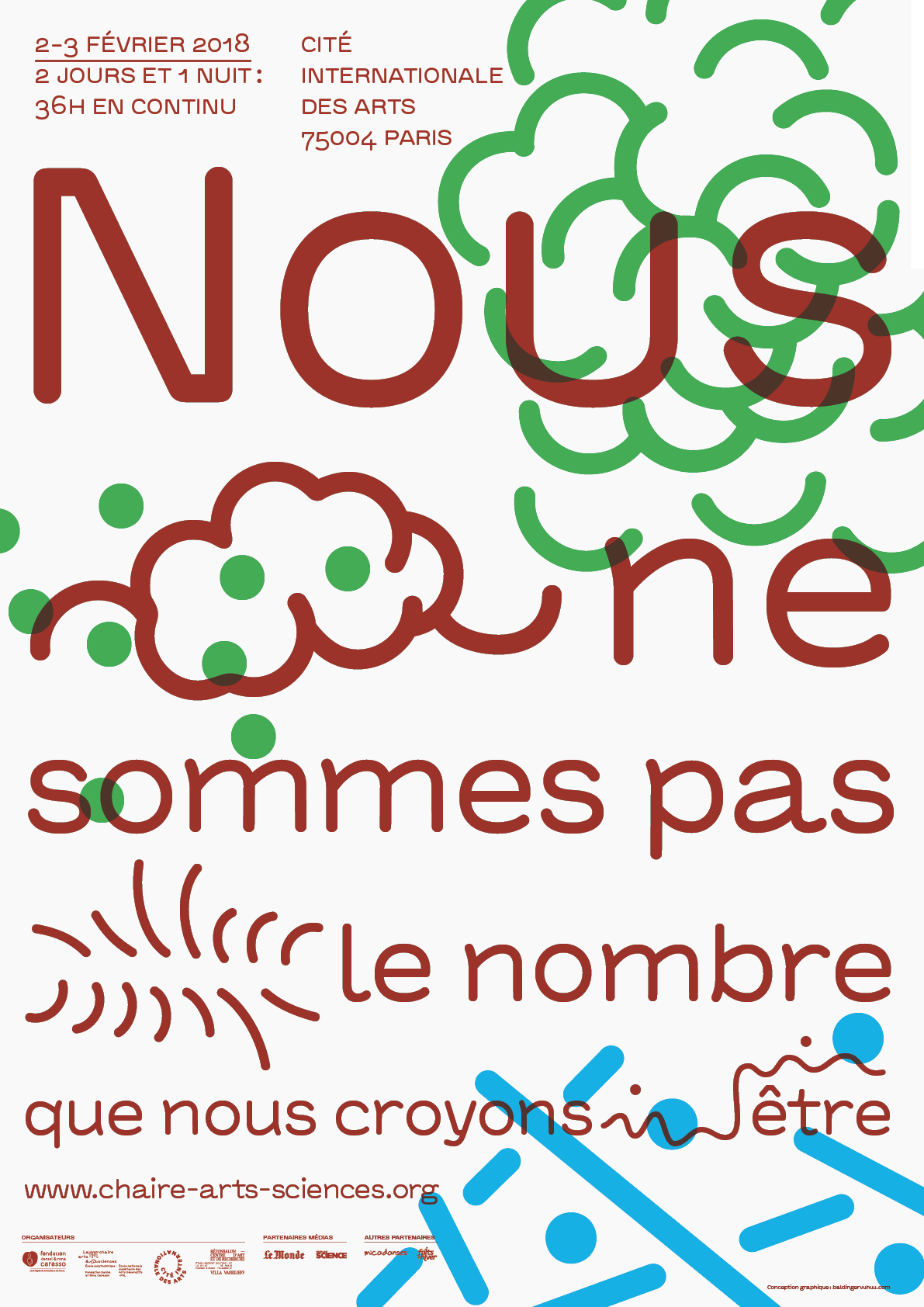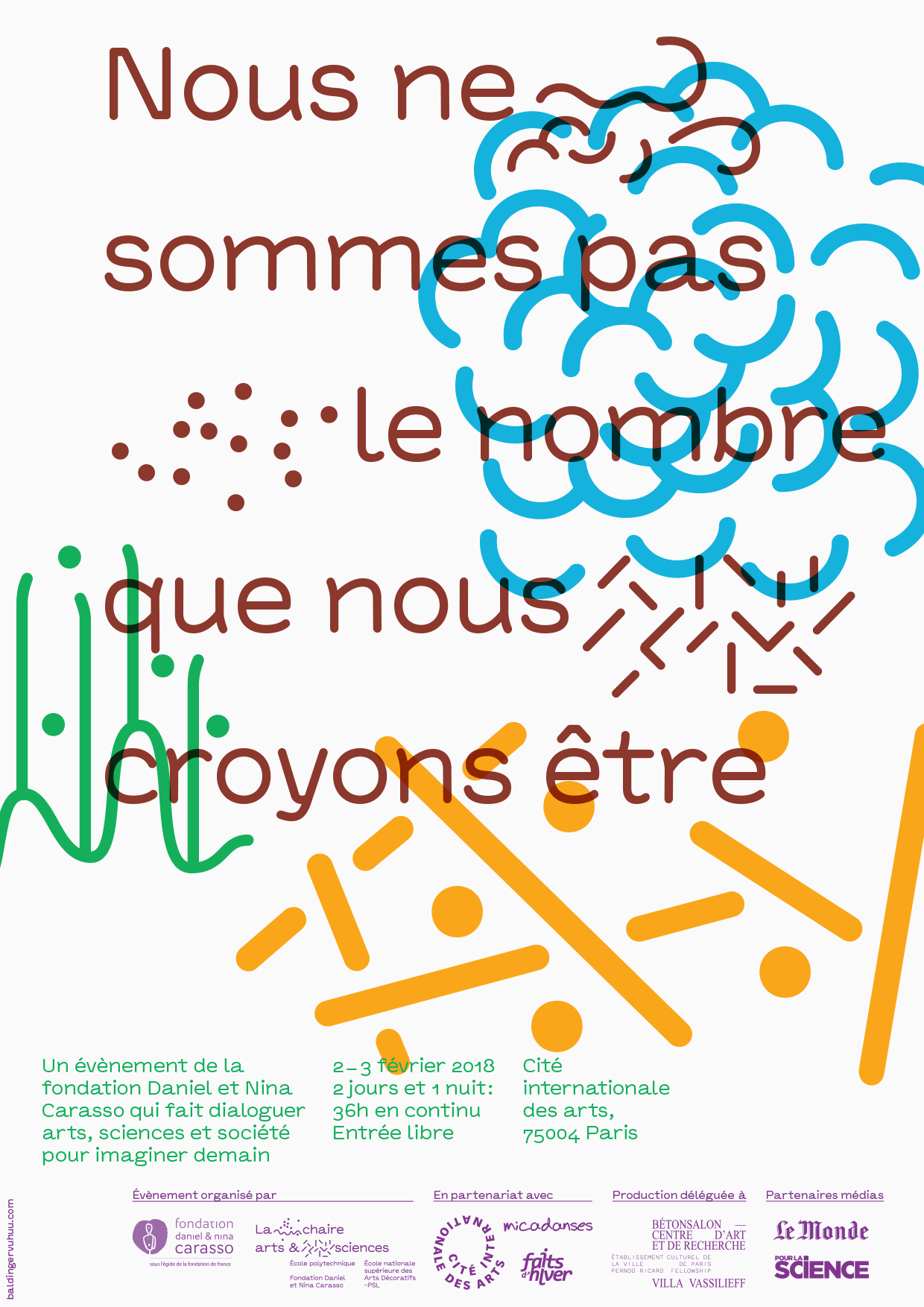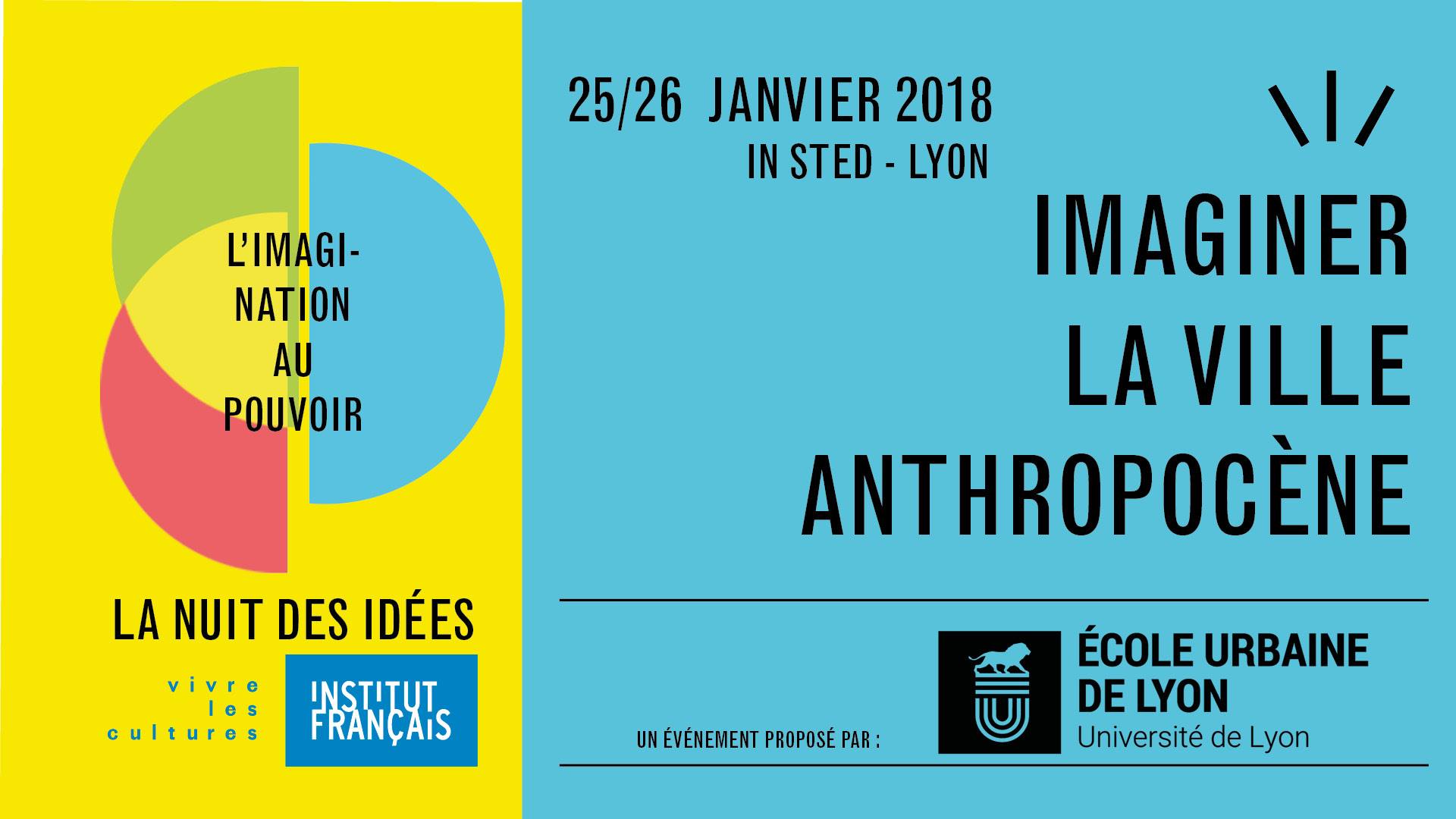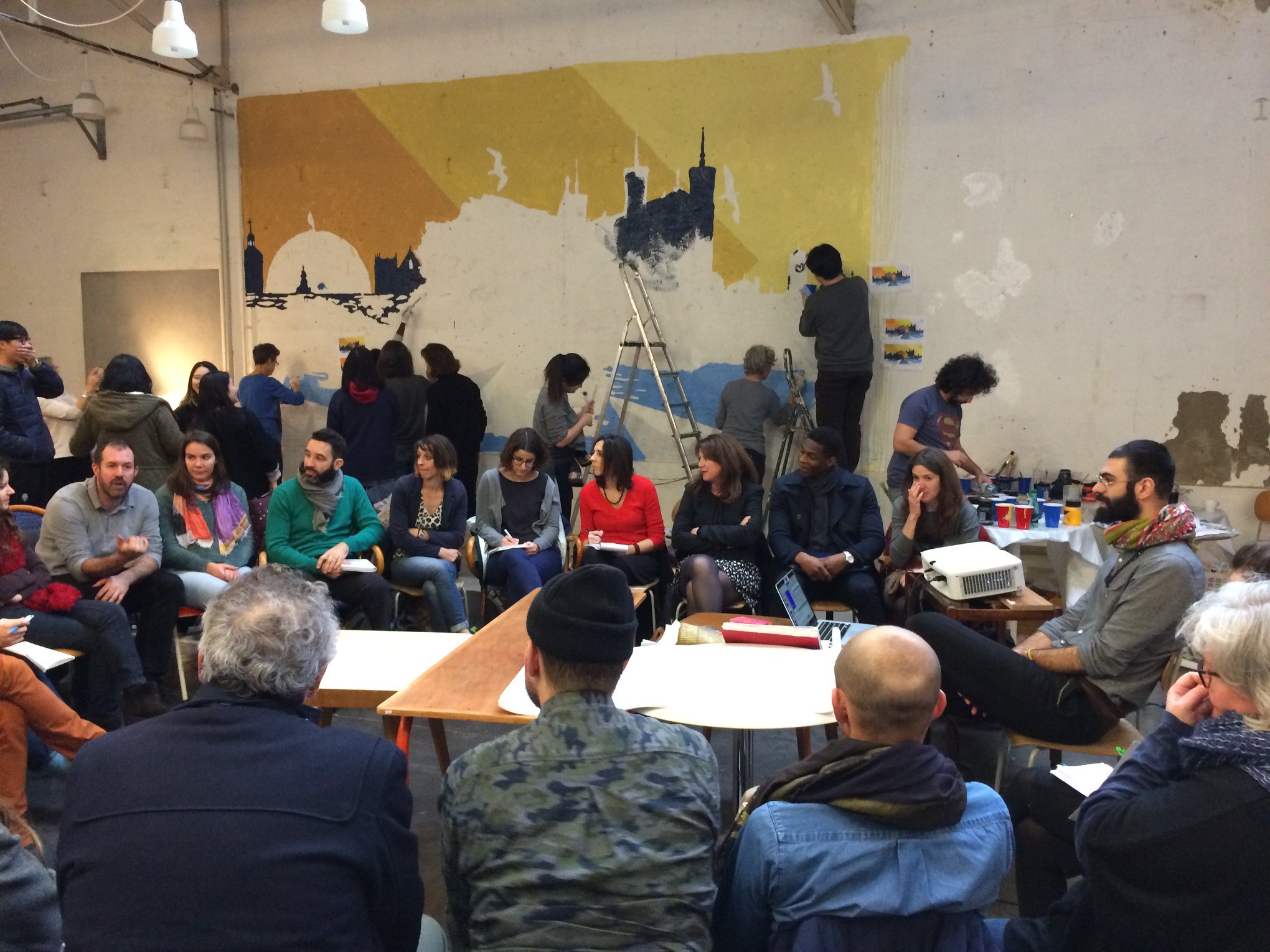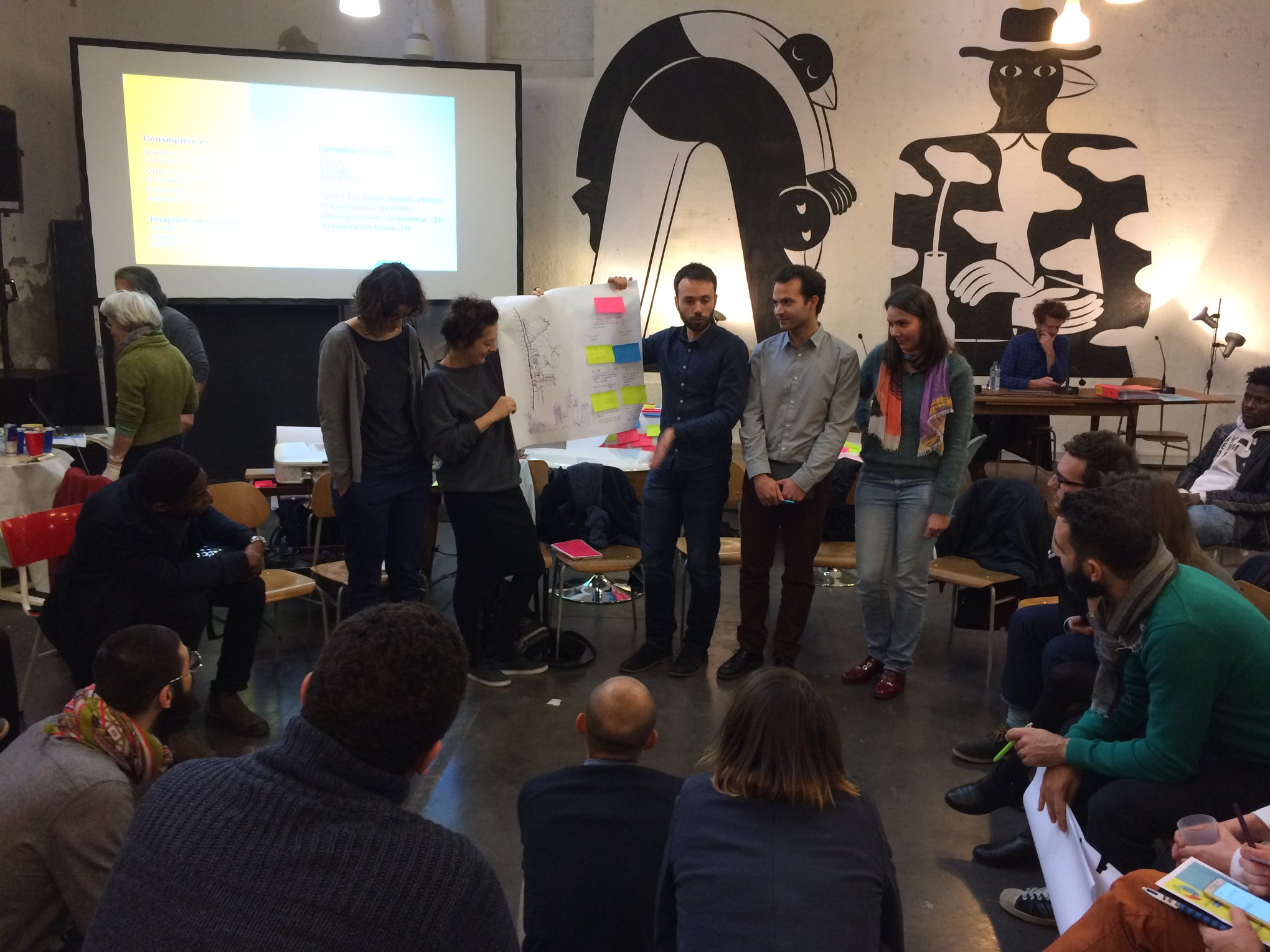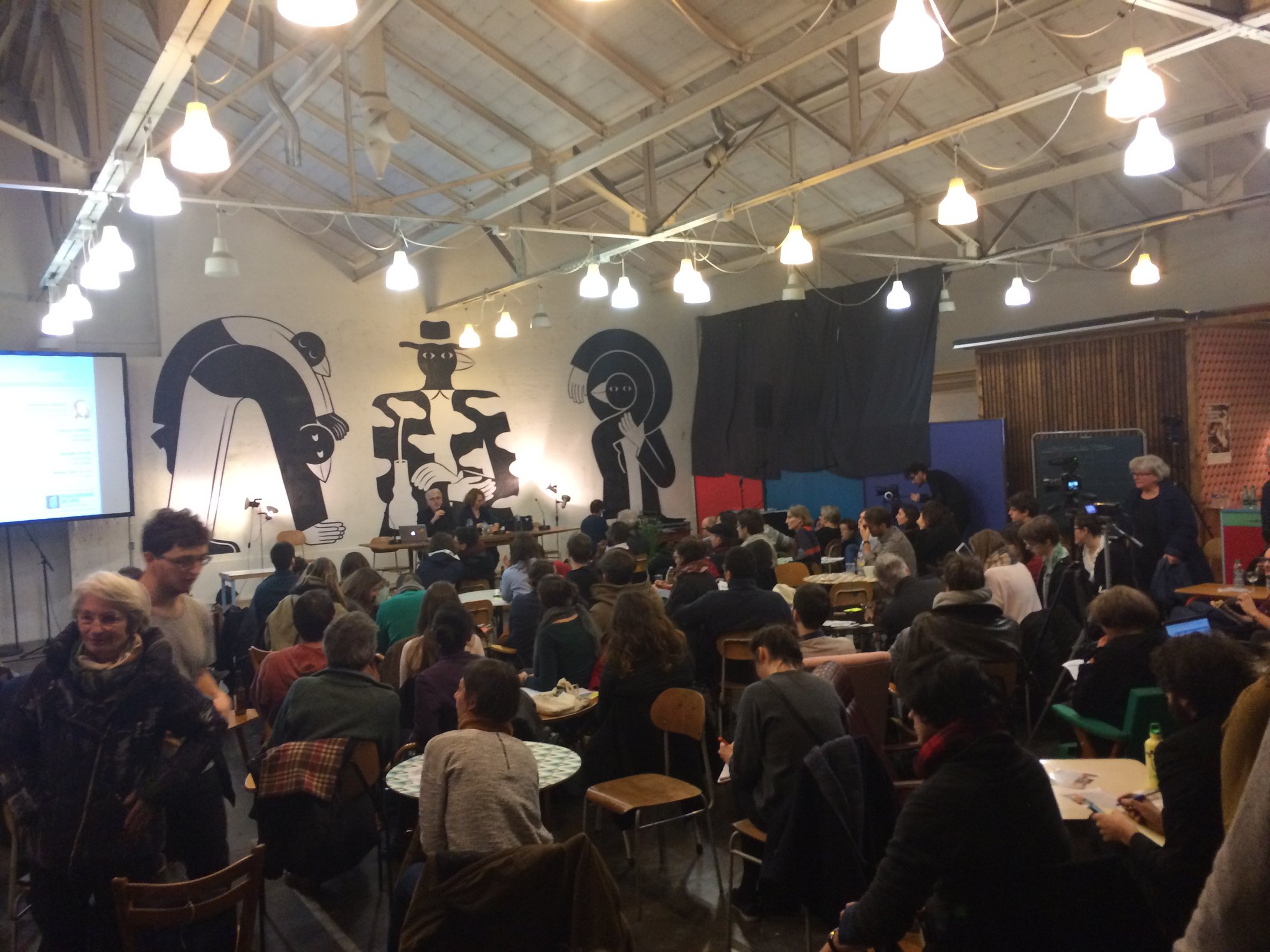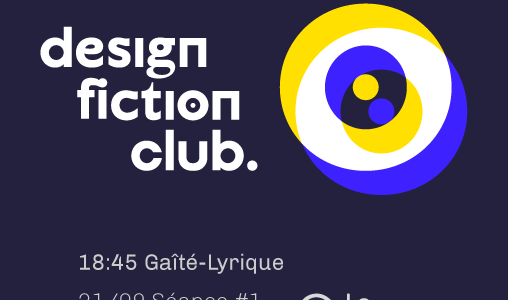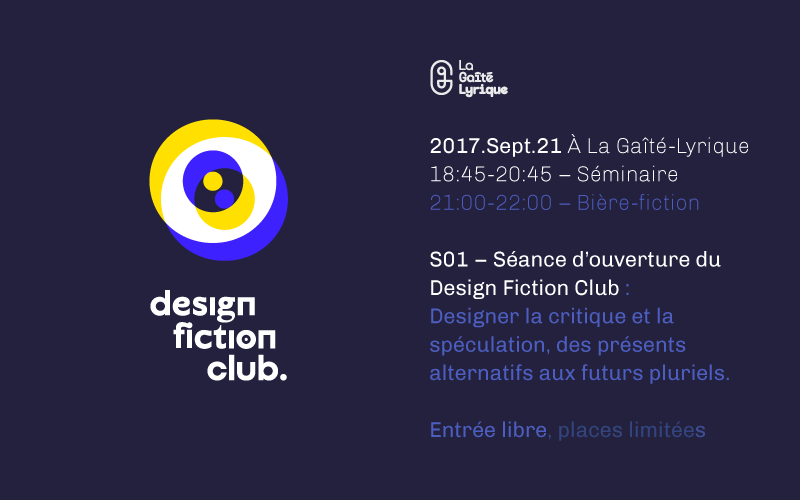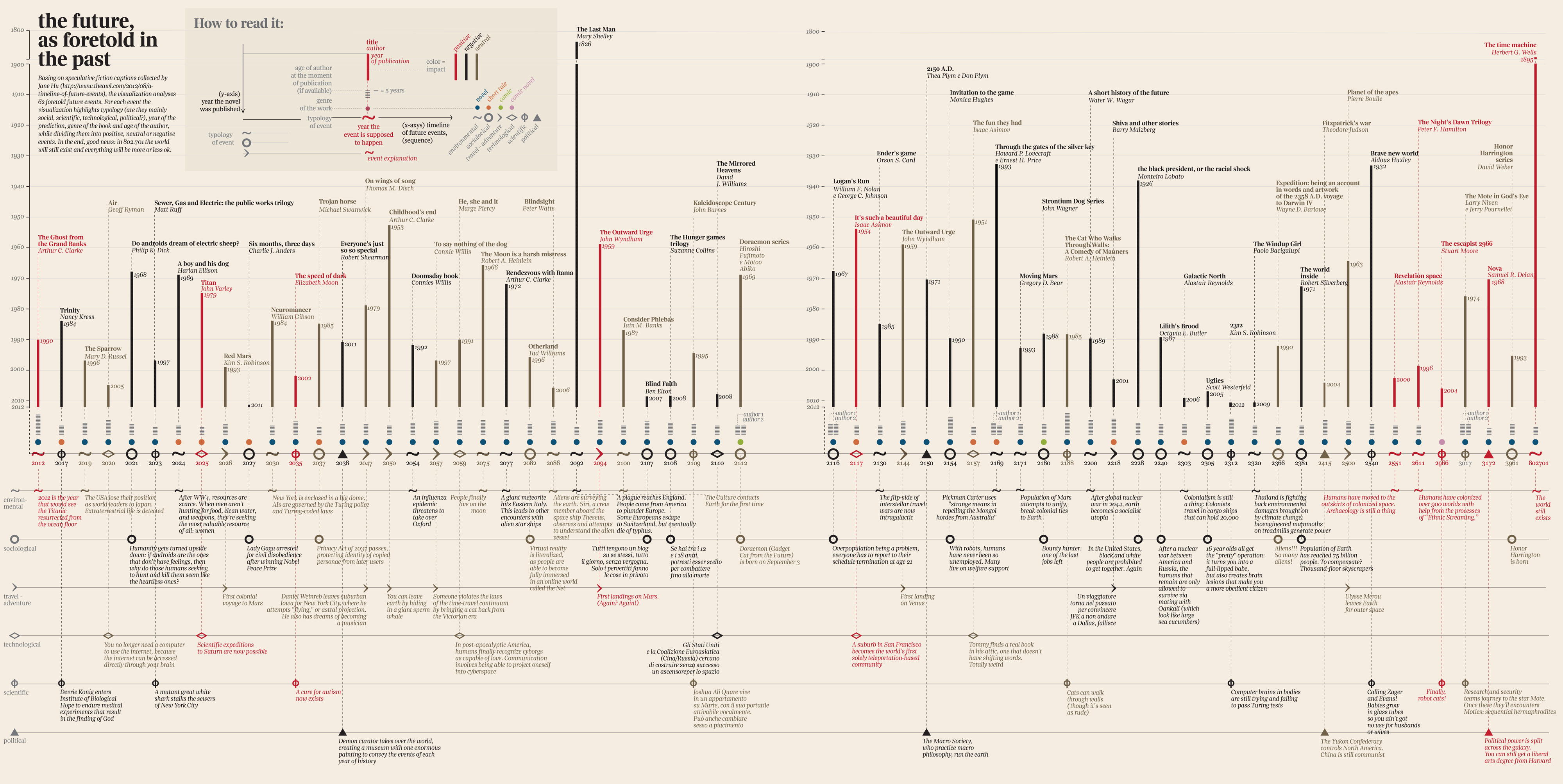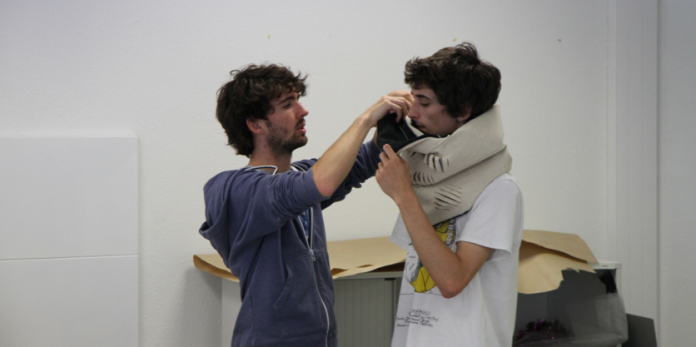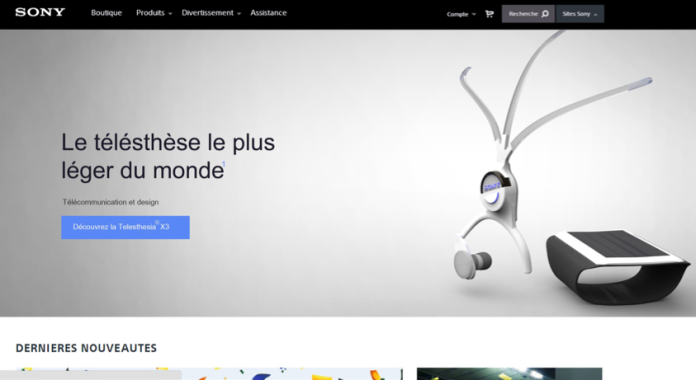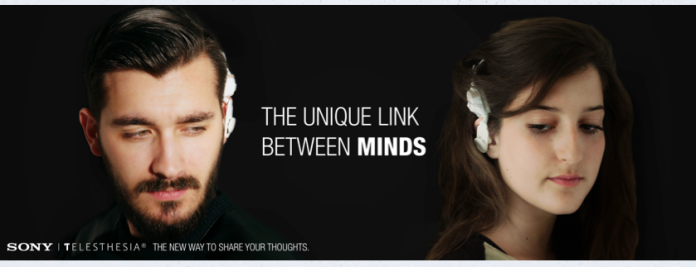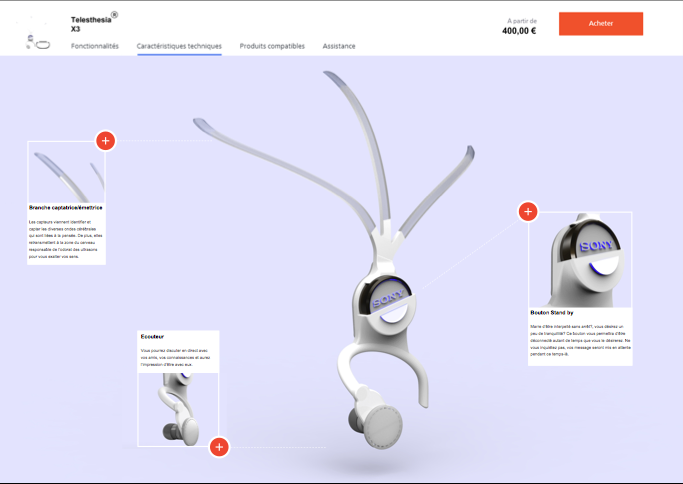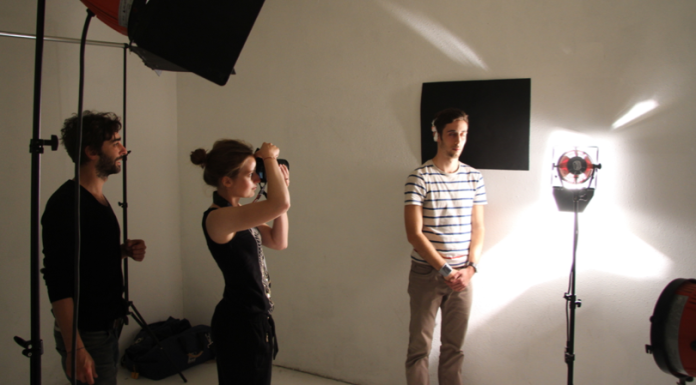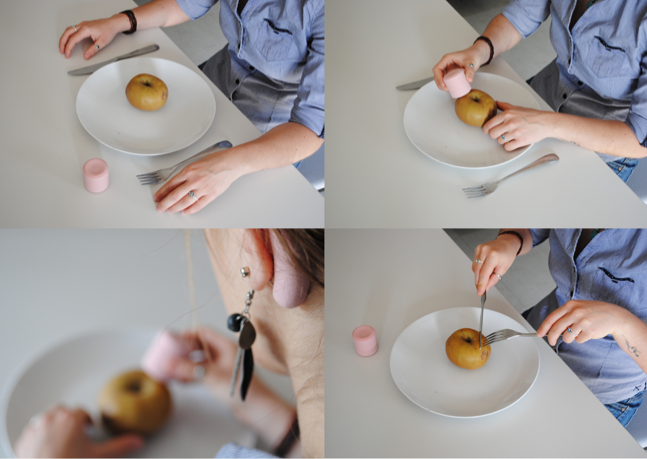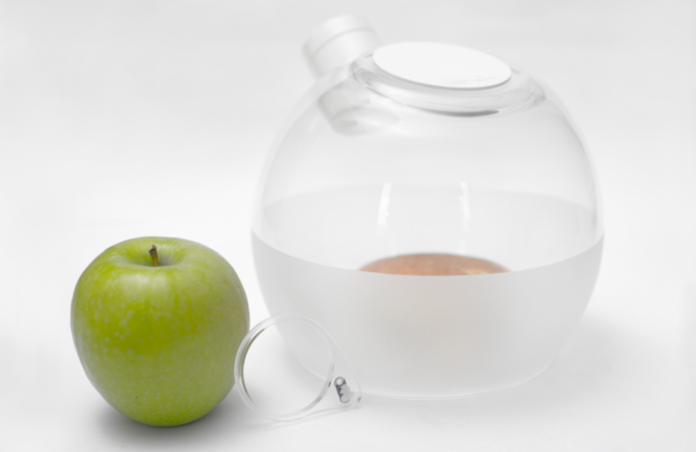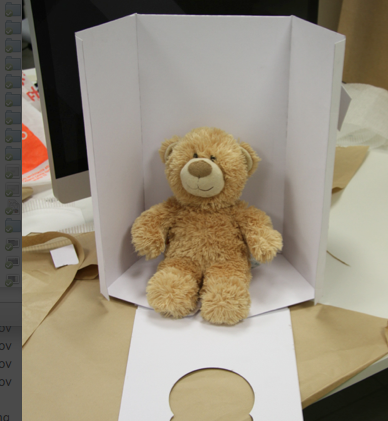Chèr.e.s ami.e.s,
Venez débattre vendredi ! Je vous invite à un “forum des controverses” sur les enjeux éthiques des maladies neuro-dégénératives (les ‘forums des controverses’ sont des débat-fictions participatif) avec le projet Éphéméride.
• 19h-21h ce vendredi
• Cité Internationale des arts: 18 rue de l’hôtel de ville – 75004
• Débat dans l’Atelier 8220, noté numéro 9 sur le plan ci-joint
“NOUS NE SOMMES PAS LE NOMBRE QUE NOUS CROYONS ÊTRE” est le nom de l’événement art-science dans lequel s’inscrit un atelier thématique de 36h sur les savoirs médicaux, auquel je participe en organisant ce débat.
Le fil conducteur de ce foisonnant programme est l’univers d’un recueil de nouvelles de l’auteure américaine de science-fiction Ursula K. Le Guin, The Compass Rose (1982). J’interviendrai au sein de l’atelier qui reprend le titre d’une de ces nouvelles « L’eau est vaste ». Celle-ci attire notre attention sur les rapports que nous entretenons avec les savoirs scientifiques et médicaux qui ne nous encouragent pas toujours à oser explorer d’autres formes de relations de nos corps et de nos êtres à la multiplicité des mondes, visibles et invisibles, qui pourtant nous constituent.L’atelier est porté par Valérie Pihet du collectif Dingdingdong – Institut de coproduction de savoir sur la maladie de Huntington, co-fondé par 17 chercheurs, artistes et professionnels. Dans cet atelier, il s’agira de s’intéresser au « soin des possibles », pour suivre la philosophe Isabelle Stengers quand elle nous invite à penser les possibles contre les probables. Étant toutes et tous concerné.e.s dans une vie par la maladie, que l’on soit soi-même malade, proche d’un.e malade ou professionnel soignant, nous tâcherons d’explorer les manières de prendre soin des différentes formes de savoirs constituées à partir de nos expériences, et non en dehors d’elles. Pour ce faire, nous proposerons des espaces de partage de pratiques d’artistes et de chercheurs qui mettent leurs savoir-faire à l’épreuve de ces expériences, avec les personnes concernées. Nous explorerons également, par des expériences sensorielles – parfois virtuelles -, chorégraphiques et narratives, la question du soin à prendre des sens et des histoires qui nous fabriquent. Ces expériences inviteront les publics à s’éprouver comme faisceaux de relations, espace d’accueil, d’étreintes et de partage.
Programme spécifique de cet atelier :
- De 15h à 18h le vendredi 2 février, rencontre avec des chercheurs, artistes et professionnels qui mettent leurs compétences et leurs savoir-faire à l’épreuve d’expériences partagées par des personnes concernées.
- De 18h à 19h puis de 21h à 22h le vendredi 2 février, et enfin de 10h à 16h le samedi 3 février, retrouvez-nous pour explorer les possibilités narratives de la réalité virtuelle. Au programme, dans l’ordre, introduction/discussion, démonstrations et atelier de création proposés et animés par Fabien Siouffi (Dingdingdong, Fabbula), Ferdinand Dervieux (Parallèles Editions/Sharpsense) et Sarah Garcin (designer graphique et designer d’interaction). Plus d’info dans le document joint. ATTENTION : pour participer à l’atelier de création, je vous invite à vous inscrire, nombre de places limité : hello@fabbula.com
- De 19h à 21h le vendredi 2 février, participez au débat conduit par Max Mollon, designer, enseignant et chercheur dédié au design fiction depuis 2010 (Design Fiction Club, Politique-Fiction, What if ? – bureau d’études du débat public). Il portera sur le temps de la maladie tant du point de vue des patients que des aidants. Cette concertation débutera par la présentation d’images fortes – conçues pour l’occasion, afin de stimuler le débat – qui mettent en perspective des scènes de vie de patients, et du même geste, des questionnements éthiques propres à ces sujets complexes.
- De 22h à 10h la nuit du 2 au 3 février, venez nous rejoindre pour vivre une expérience sensorielle qui vous invitera à percevoir et ressentir les corps et les lieux comme des espaces de tâtonnement, d’étrangeté et de partage! Cette expérience est proposée par la chorégraphe Anne Collod (Cie … & alters, Dingdingdong).
- De 18h à 19h30 le samedi 3 février, assistez à l’atelier « Tâla Médical » proposé par Luc Perera (chercheur en design sonore médical/programme doctoral SACRe), en présence de deux musiciens. Comment le design sonore médical et la musique classique de l’Inde du sud peuvent faire alliance pour tenter d’explorer une préoccupation politique et sociale majeure qui est le vieillissement de la population ? Quelle pratique pour quelle forme de soin ?
- En permanence : exposition Dingdingdong – Institut de co-production de savoir sur la maladie de Huntington comprenant vidéos (deux capsules vidéo du docteur Marboeuf à propos de l’unité spéciale Alice Rivières et une vidéo intitulée Journal du futur d’Alice Rivières produites par le département «Narration spéculative» de L’Institut Dingdindong) et documents (posters et centre de ressources)
Je vous encourage vivement à regarder le programme de tout l’évènement. À consulter en ligne, ici.
Cet événement est proposé par la Fondation Daniel et Nina Carasso, en partenariat avec la Chaire “arts & sciences” (portée par l’École polytechnique / l’École nationale supérieure des Arts Décoratifs – PSL / la Fondation Daniel et Nina Carasso) et la Cité internationale des arts. Il rassemblera des centaines d’artistes, chercheurs et groupes de travail d’horizons géographiques et disciplinaires très variés autour d’une expérience inédite, en continu pendant 36h. Ils vous invitent à réfléchir sur le présent et à esquisser ensemble des voies d’avenir.Le programme est très riche et réuni Toutes les infos ici : http://chaire-arts-sciences.org/nous/
Avec la participation de (Warning, name dropping!) :
Bruno Latour,
Pierre-Damien Huyghe,
Christophe Leclercq ,
Giovanna Di Chiro,
Laurent Jeanpierre,
Kristin Ross,
Emmanuel Mahé,
Samuel Bianchini,
Lucile Haute,
Max Mollon,
Ferdinand Dervieux,
Sarah Garcin,
Benoit Verjat,
Nicolas Couturier,
G.U.I.,
Julie Blanc,
David Bihanic,
Anthony Masure ,
Robin de Mourat ,
Vincent Piccolo ,
Annick Rivoire,
Nolwenn Tréhondart,
Valérie Pihet,
Julia Morandeira,
Arrizabalaga,
Thierry Mouillé,
David Zerbib,
Naïm Aît-Sidhoum,
Armand Béhar,
Stéphane Bérard,
Grégoire Bergeret,
Filippo Broggini,
Marie-Haude Caraès,
Nicole MarchandZanartu,
Matthieu Clainchard,
Alexandre Costanzo,
Anna Dezeuze,
Elie During,
Bastien Gallet,
Gianni Gastaldi,
Laurent Jeanpierre,
Charlie Jeffery,
Farah Khelil,
Julia Kremer,
Mauro Lanza,
Frédérique Loutz,
Sophie Mendelsohn,
David Rabouin,
Gaëtan Robillard,
Didier Tallagrand,
Christian Ruby,
Linda Sanchez,
Nicolas Tixier,
Ewen Chardronnet,
Aliens in Green ,
(groupe d’artistes composé,
de Bureau d’études,
Ewen Chardronnet,
Mary Maggic,
Julien Paris,
Spela Petric),
Xavier Bailly,
Julien Bellanger,
Benjamin Cadon,
Nathalie Blanc,
Lauranne Germond,
Annick Bureaud,
Isabelle Carlier,
Erik Noulette,
Chloé Desmoineaux,
Nicolas Floc’h,
Amanda Crabtree,
Valérie Gentilhomme,
Fabrice Lizon,
Jeff Guess,
Léa Le Bricomte,
Robertina Sebjanic,
Annie Sprinkle,
Beth Stephens,
Carole Thibaud,
Miha Tursic,
La Paillasse (Paris),
Garance Malivel,
Jamie Allen,
Merle Ibach,
Jennifer Crouch,,
Nicholas Shapiro,
Christophe Guérin ,
etc.
